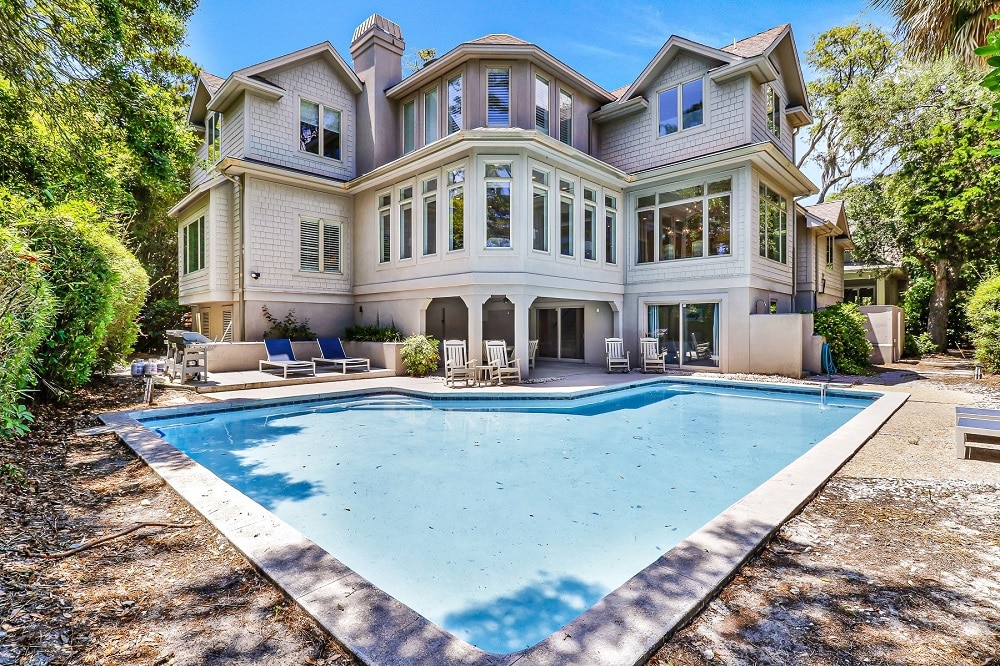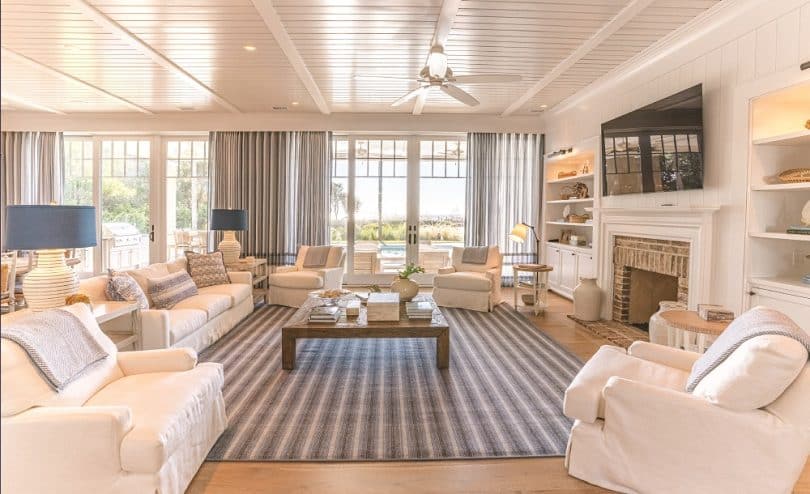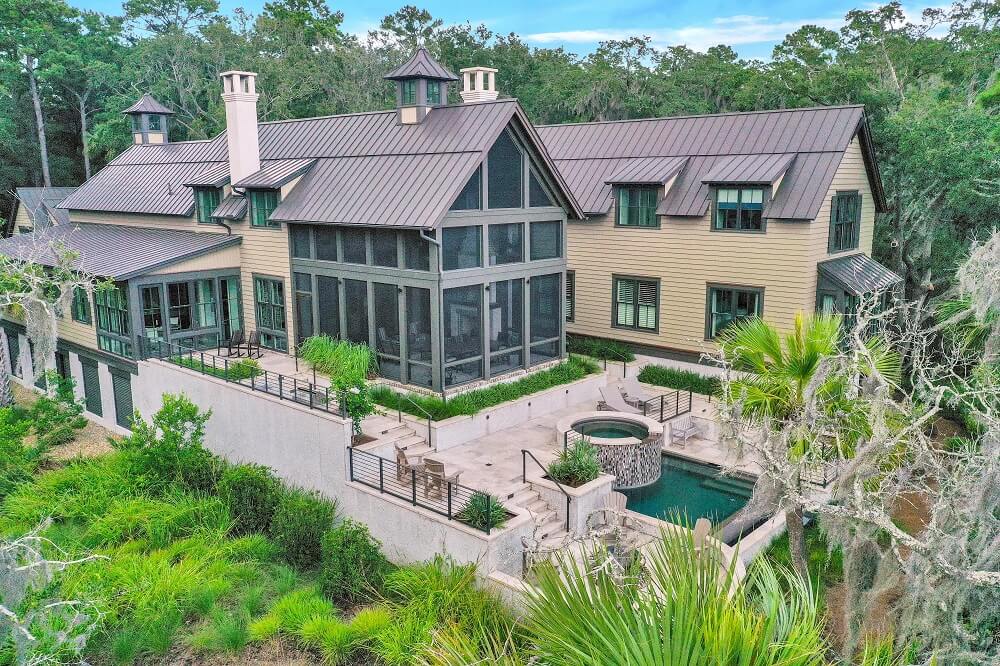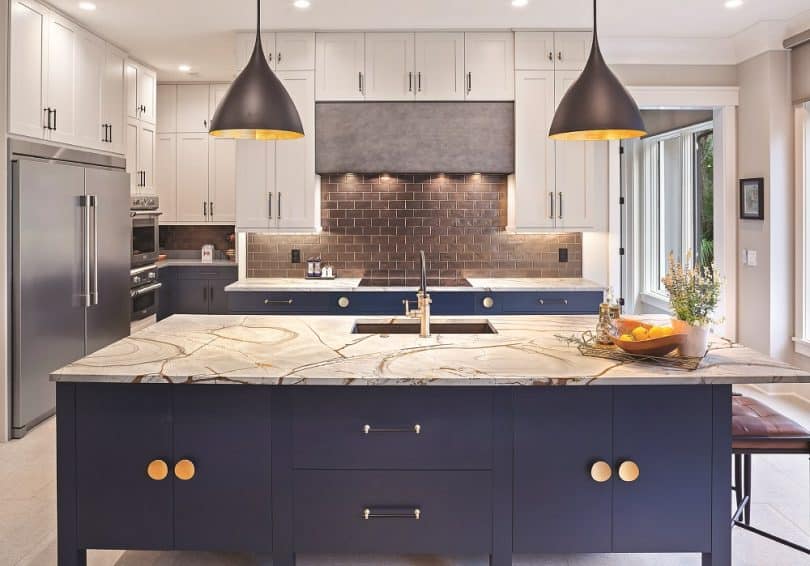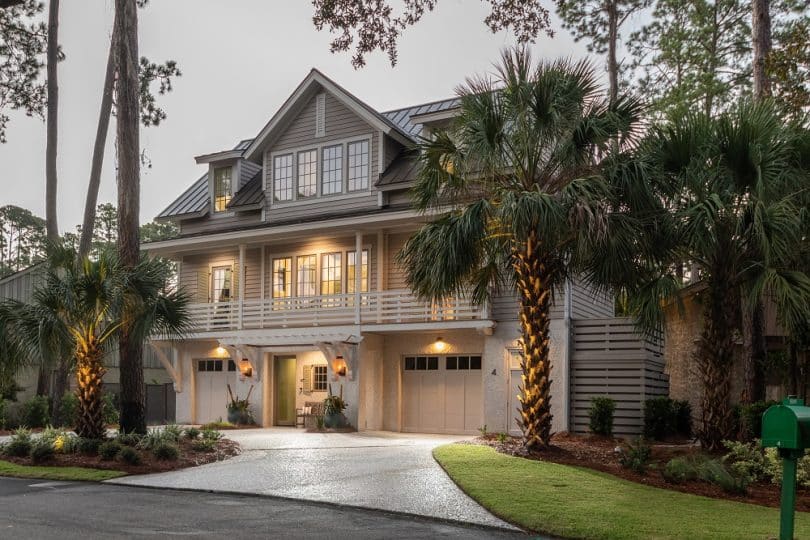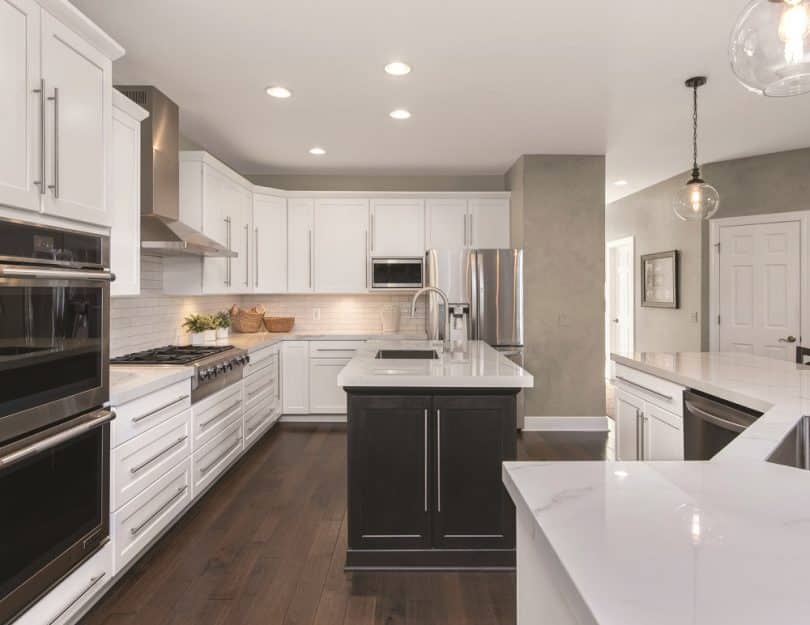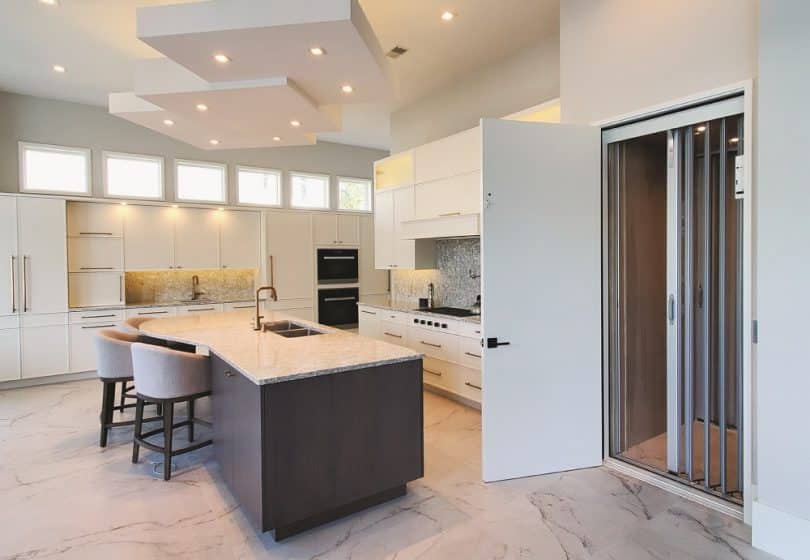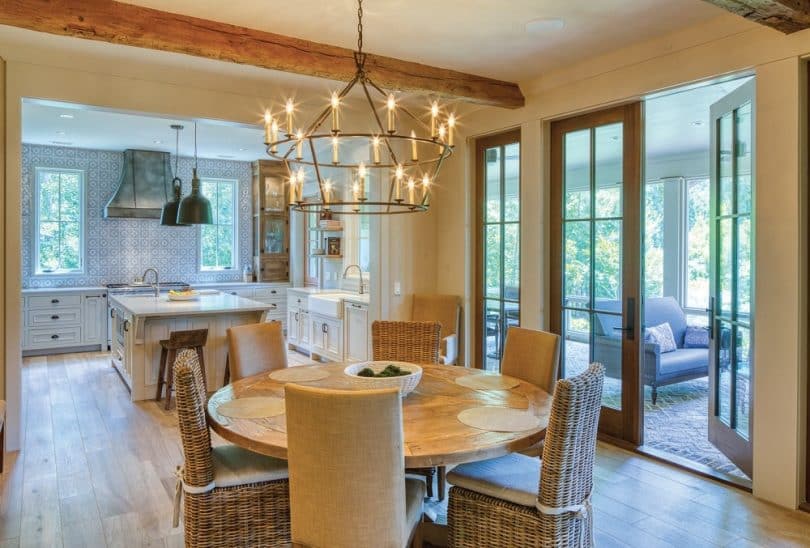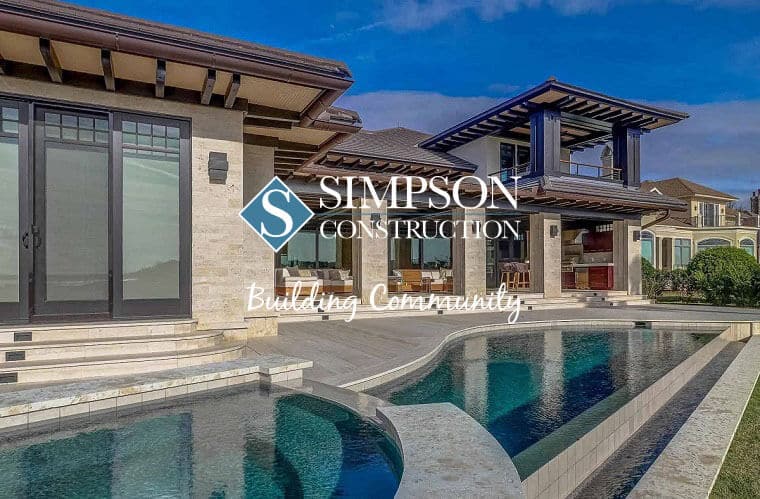A new era of building
The pandemic changed the way we live, shop, learn…and build
ARTICLE BY DAN MONROE | PHOTOS BY SIMPSON CONSTRUCTION
Now that we’re settling into a new post pandemic normal–Augusta had record Masters crowds, the Final Four held in New Orleans was seated shoulder to shoulder with few masks in sight, other than Roy Williams, baseball is back–lets’s take a moment and reflect over the past couple years with local builder Josh Simpson of Simpson Construction and get his view on the past, present and future of building in the lowcountry.
Q. Pre-COVID 19, what was the building industry like?
A. …It’s a little difficult to even picture pre-covid after the whirlwind we’ve experienced these past couple of years. For the most part we had stable pricing, available materials, stable interest rates and a steady client base. Things were…“normal.”
Q. What was your first thought as the nation looked at a shut down with no predictable end date.
A. My first concern was the health of my family, colleagues, trade partners and clients. The steps that we took early in the pandemic from reducing numbers of trades on-site to hourly cleaning activities created extended timeframes and stress for all involved. Pair that with being classified as an “essential worker” while our friends in the hospitality industry were dealing with falling business and you’ve got a guilty feeling of gratitude. Heading into work while the rest of the country is being asked to shelter in place was, at best, difficult to rationalize. The next concern as a business owner was, how will I ensure that everyone not only with Simpson Construction but also our trade partners were able to keep the lights on and put food on the table. I felt that the starter homes and the mid-level second home market would take a huge hit. I was confident that the upper end market would continue at a reduced scale but I certainly didn’t foresee what actually transpired.
Q. I think we all thought the shut down would erase the progress we’d made since the post 2006 rebound. In fact, the exact opposite happened. Why do you think the Lowcountry has had such an attraction for people?
A. Right off the bat, second home clients began to make their Beaufort County properties their point of operation. Being able to work remotely and enjoy all that Beaufort County offers was a far cry from the congested restrictions they were experiencing in locales such as Chicago, New York and Los Angeles. I feel that their social media posts did more in one year than all the money traditional “marketing” could ever buy. How could this not push their friends, who’d been thinking about that second home, to go ahead and pull the trigger. If you’re in an urban environment, no matter how well appointed your home may be, but you can’t venture outside and you’re seeing your buddy on instagram riding bikes, boating and enjoying great weather…. Liz Lemon said it best, “I want to go to there.”
Q. And how has that impacted the housing market in general?
A. Having all of these second homes occupied reduced the capacity of our short and long-term rental market. Now the folks that used to come down and rent for vacation or during the construction of a second home were looking to purchase existing inventory. That consumed the market of existing homes in a short period of time causing home prices and land values to escalate at record levels. With elevated home values people that were thinking of selling previously began seeing dollar signs and listed their homes, adding inventory,
which was quickly purchased.
Q. So great news for the local residents, I mean we should all be so lucky right?
A. That’s the immediate thought. But the actuality of things is a little more complicated. Let’s say you want to sell your home at $450k that you purchased/ built for $300k…the question for that individual becomes “now where do I go?” Just because their property value has increased doesn’t mean their income has. Couple that with higher interest rates, higher gas prices, inflation across the board and it’s nearly impossible for someone to “cash in” unless they are looking to move away from this area. As stated previously, the rental market was depleted first by folks selling to the highest bidder. Affordable housing has been an issue for Hilton Head and Bluffton for many years, now it’s simply non-existent. The past couple of years have expedited the push of entry level homes further west down the Highway 46 and 278 corridors moving the $200k – $300k price point out of Beufort County and increasing the interest in Jasper County for development and growth.
We also must consider the impact of this rapid growth of our existing infrastructure. Our school systems are already at capacity. Utility distribution to accommodate the new growth while also implementing the necessary watershed protection needs to be at the forefront of our local government and municipalities. In short we’ve got to protect the very thing that has drawn everyone here, our natural environment. This may require unprecedented steps but we can’t risk lasting damage to our surrounding waters simply to provide room for everyone that wants to live here.
Q. For a homebuilder this has to equate to higher revenues and increased profit margins does it not?
A. While there is certainly a larger pool of clients, the pre-existing issue of limited qualified tradesmen has only been exacerbated. I’ve said for a long time that we don’t have a labor shortage but rather a surplus of opportunity. If we truly had the workforce needed to satisfy the demand, our population would have to increase by an associated variable, adding strain to our already stressed infrastructure and resources. In late 2020 I witnessed something I’d never imagined. After fielding multiple calls from potential clients who were all complaining about the lead time they’d been given by some of our more prominent architects it was clear; we simply didn’t have enough designers to handle the influx of wealthy individuals wanting to fast-track a custom home! Think about it, someone wants to build a $1-2 million dollar home and is being told by every local architect that they can’t even start their project for 4-6 months. That to me was an astounding realization. It was also the clearest indicator of things to come. Fast forward one year and are seeing trades migrate towards the higher end communities for better pay, leaving commitments they’d made to their original builders due to material pricing increases and fixed contract agreements between builder and client that don’t allow for any relief. This added strain resulted in many projects coming to a stop until things could get sorted out and a new team of trades found to finish the job, resulting in unforeseen expenses and delays for the home owner and builder alike. Not only did the trades migrate to greener pastures many individuals within the building companies themselves also left for more money and what they saw as a less stressful position. Labor is one thing, when you throw in the fact that lumber has reach all-time record highs and material delays ranging from appliances to piping and you’ve got a difficult path for anyone to navigate. Is there a lot of opportunity out there? Yes. Is it easy time to be in the construction industry?

